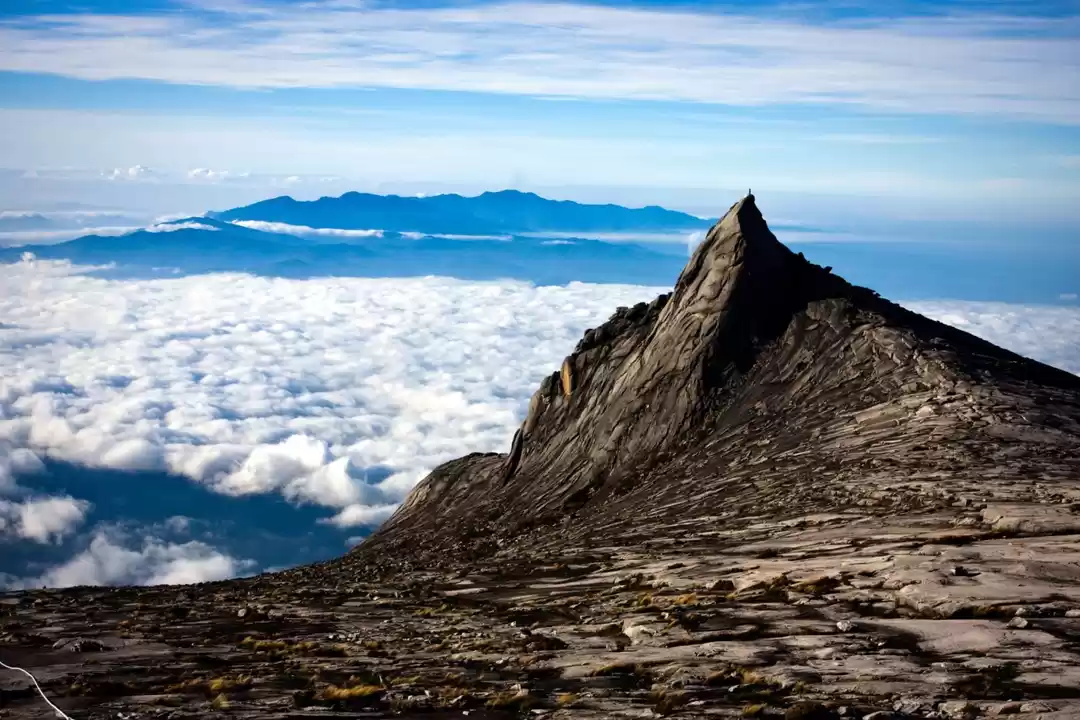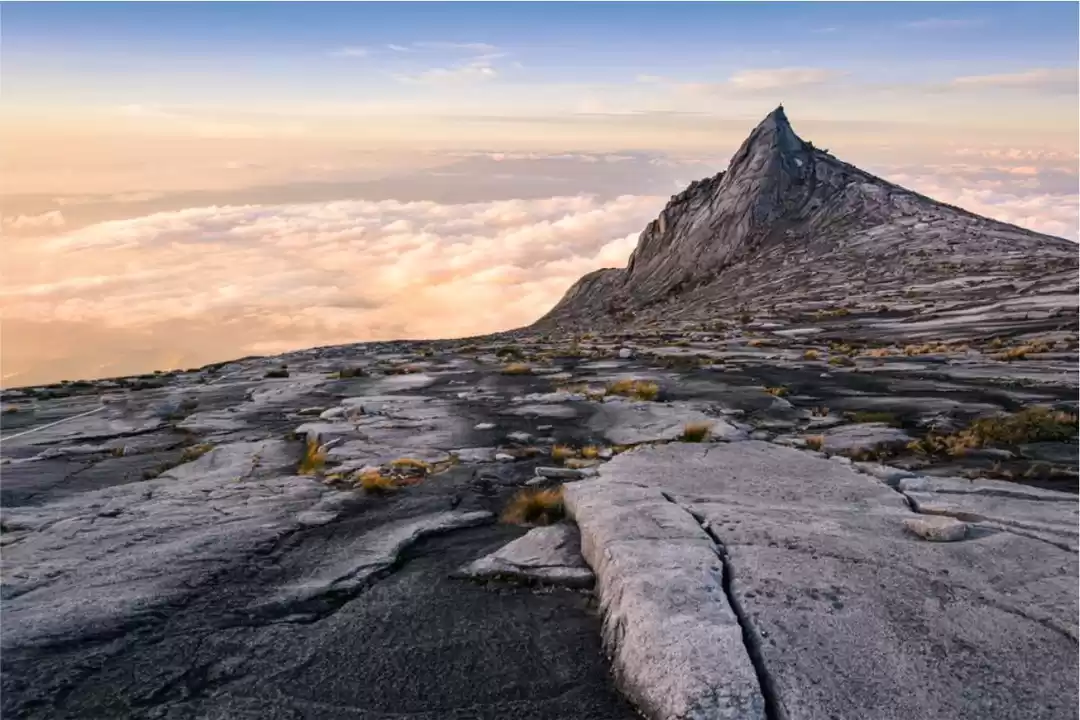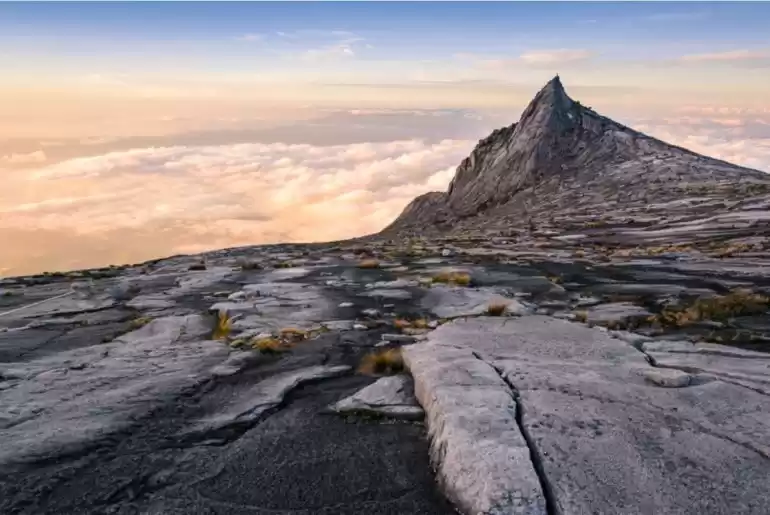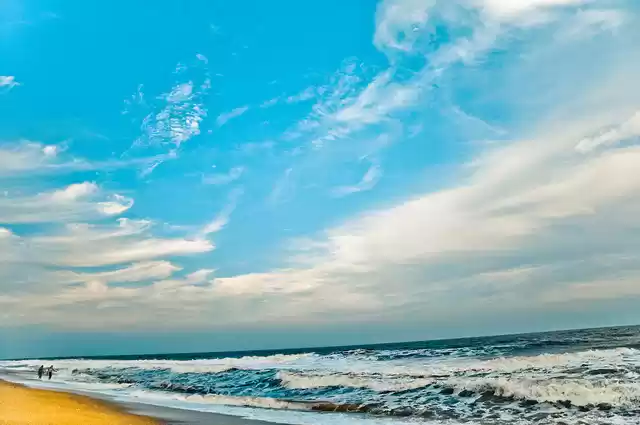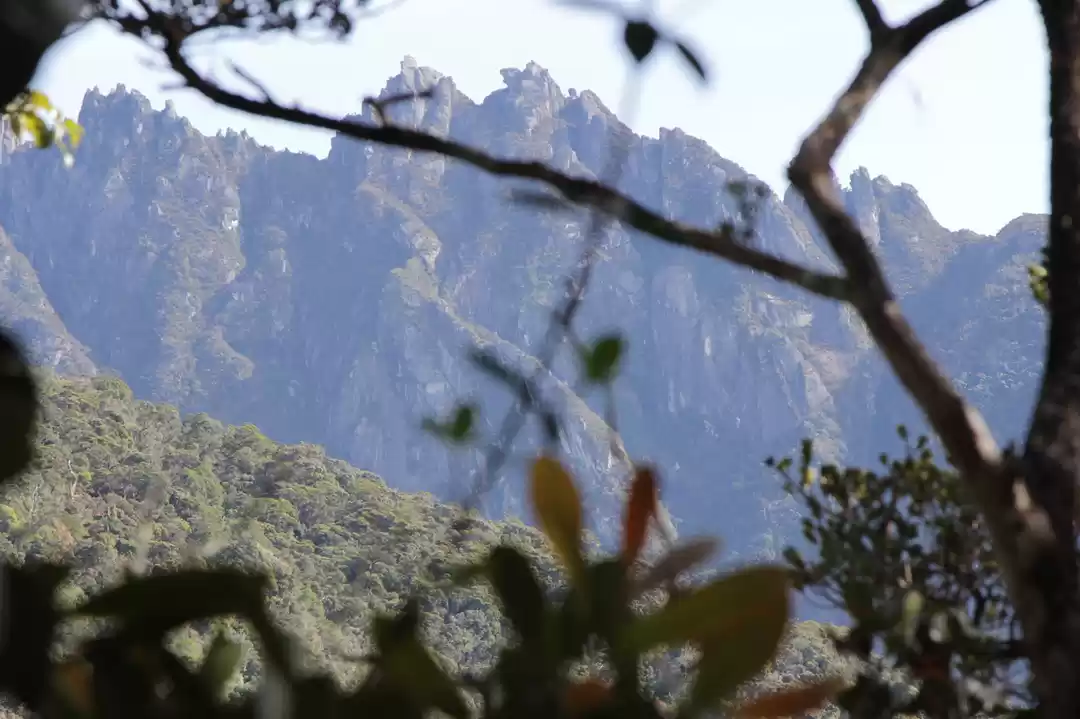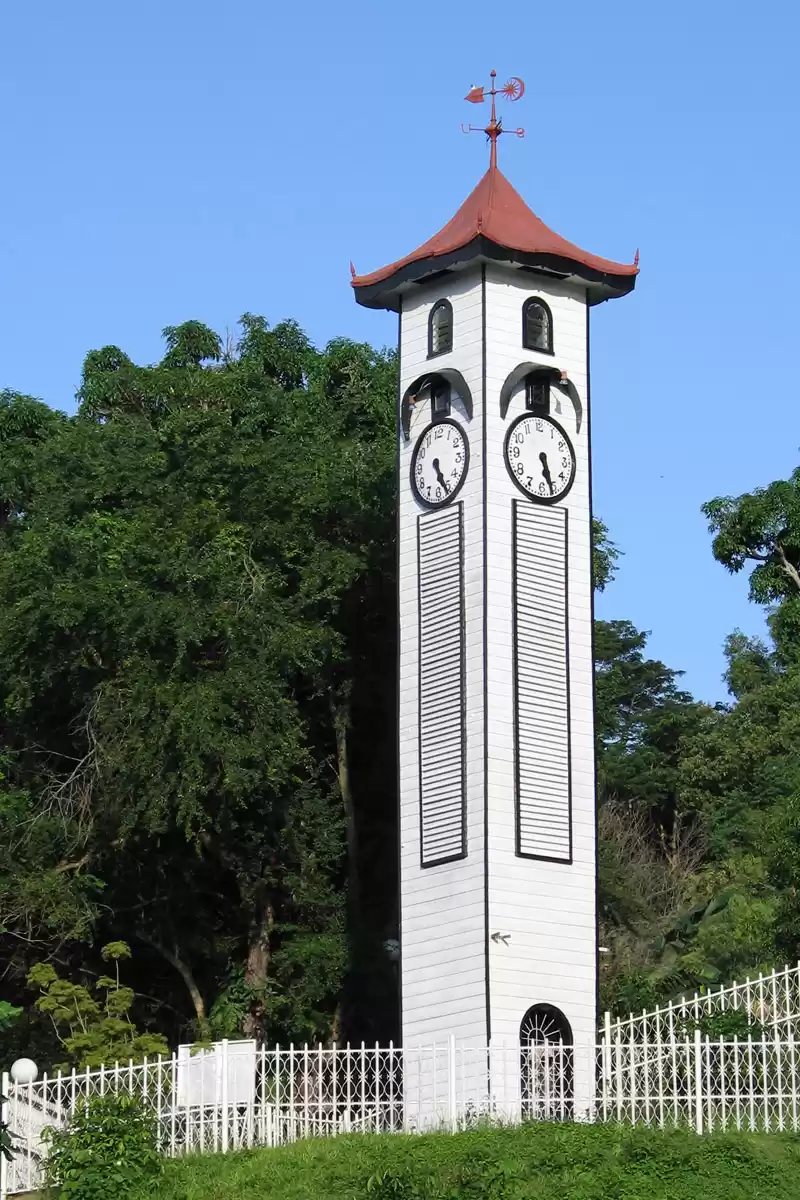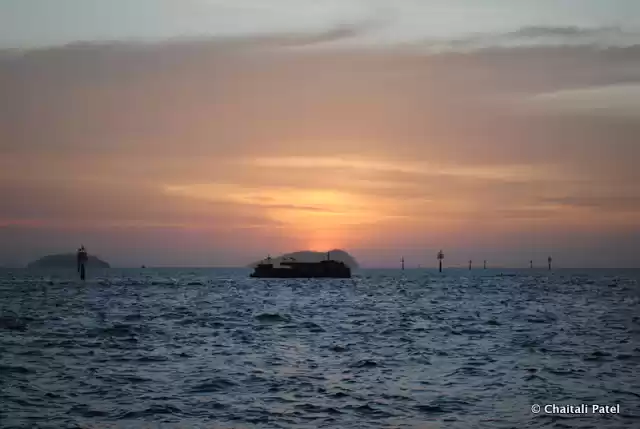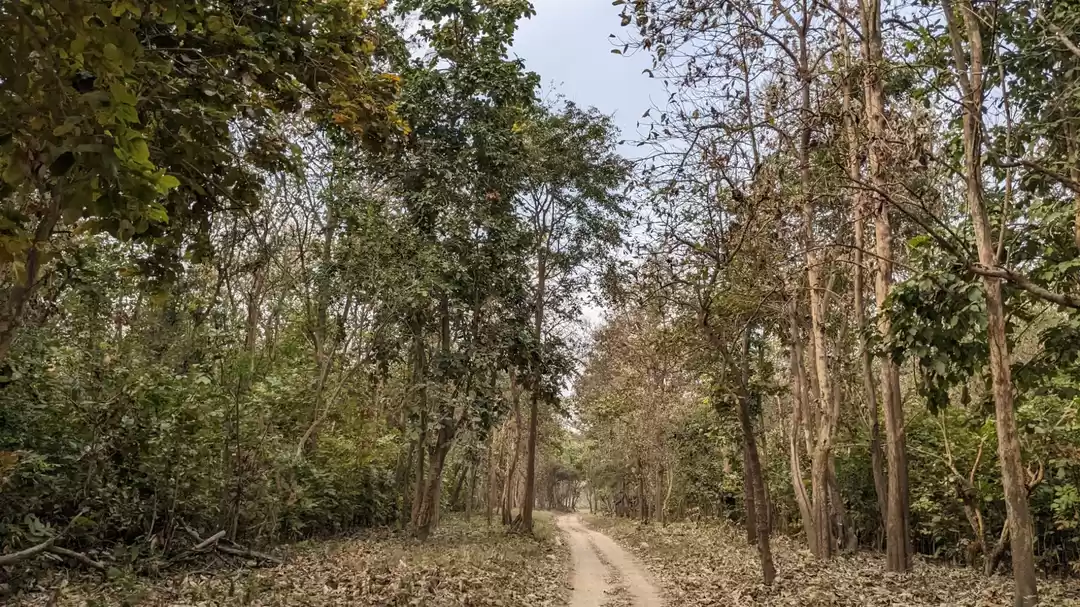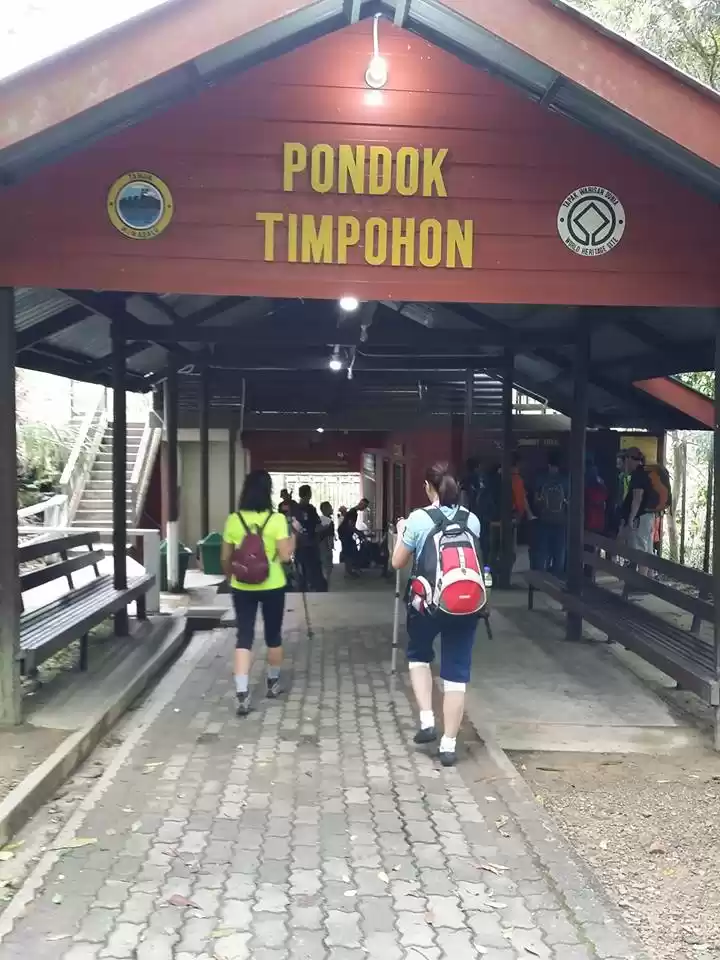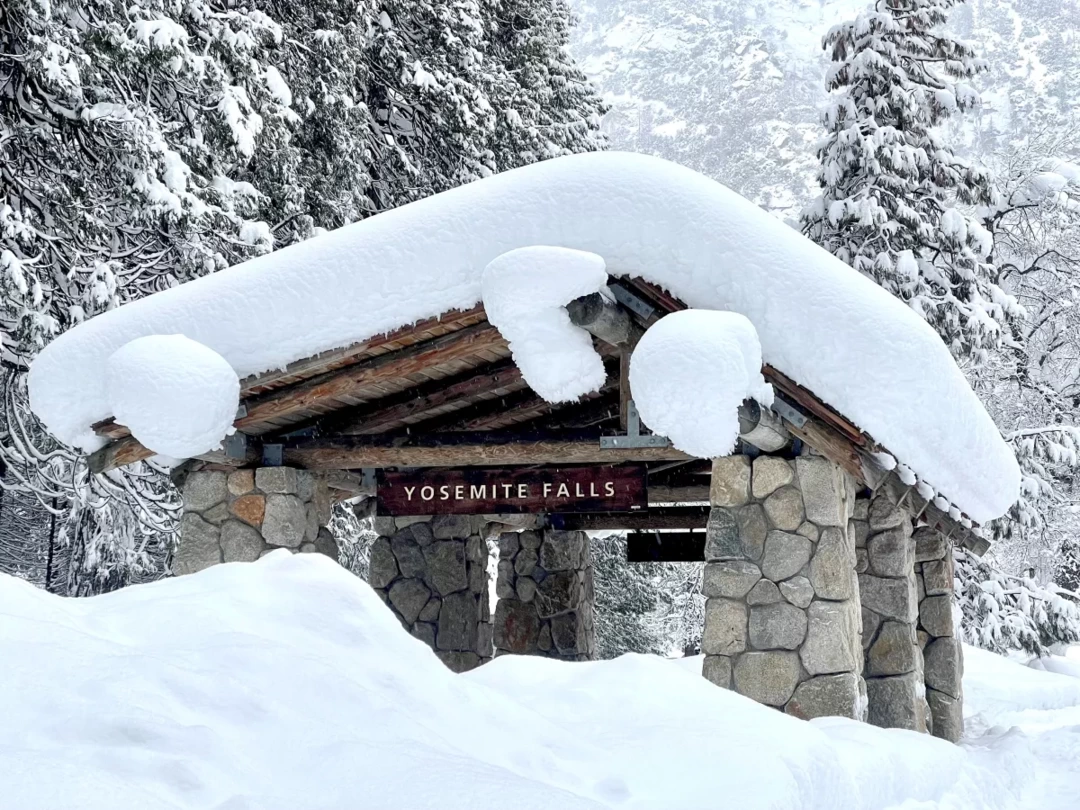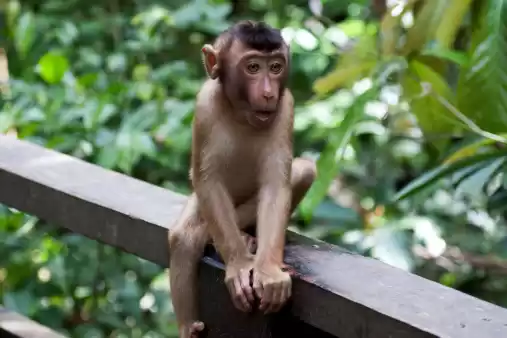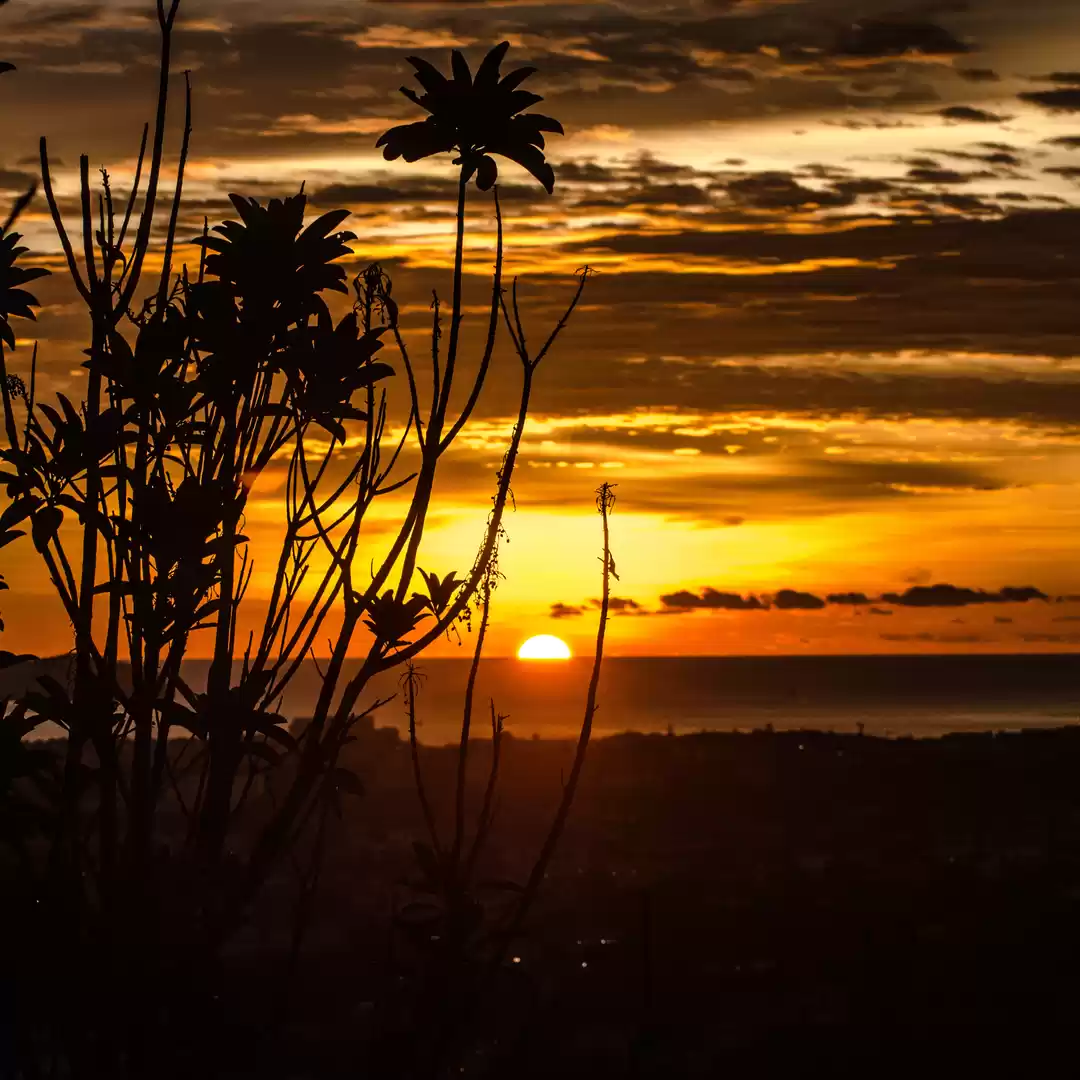If you are looking for an adventure in nature, Kinabalu Park is the place to go. Kinabalu Park is one of the most popular tourist destinations in Sabah, Malaysia, and the main entry point for climbing Mount Kinabalu, the highest peak in Southeast Asia. Kinabalu Park is not only a natural wonder, but also a cultural and educational treasure.
It is a UNESCO World Heritage Site and a Global Geopark, recognized for its outstanding universal value and its rich biodiversity. Kinabalu Park offers something for everyone, whether you are a thrill-seeker, a nature lover, or a curious learner. You can explore its various nature trails, visit its botanical garden, climb its majestic mountain, or learn about its history and culture.
In this article, we will provide you with all the information you need to plan your trip to Kinabalu Park, as well as tips and FAQs for visitors and climbers. We will also share with you some insights and stories that will make your experience more memorable and enjoyable.

Kinabalu Park's Biodiversity
One of the main reasons why Kinabalu Park is so special is its biodiversity. Kinabalu Park is considered a biodiversity hotspot, which means it is a region that has a high diversity and endemism of flora and fauna, and is also threatened by human activities. Kinabalu Park has more than 5,000 species of plants, 326 species of birds, and 100 species of mammals, many of which are endemic to the park, meaning they are found nowhere else in the world. The park's biodiversity is influenced by several factors, such as its location, altitude, climate, and geology. Kinabalu Park is located in the heart of the Borneo island, which is one of the oldest and most biologically diverse regions in the world.
The park covers an area of 754 square kilometers, and ranges from 152 meters to 4,095 meters above sea level. This means that the park has a variety of habitats, from lowland rainforests to alpine meadows, each with its own unique flora and fauna. The park's climate is also diverse, from tropical to temperate, depending on the altitude and season. The park's geology is also fascinating, as it is composed of igneous rocks that are millions of years old, and have been shaped by volcanic and tectonic activities.
Some of the park's unique and iconic species are:
Rafflesia: The Rafflesia is the largest flower in the world, with a diameter of up to one meter and a weight of up to 10 kilograms. The Rafflesia is a parasitic plant that grows on the roots of certain vines, and has no leaves, stems, or roots of its own. The Rafflesia has a foul smell that attracts flies for pollination, and a short lifespan of only a few days. There are nine species of Rafflesia in Kinabalu Park, such as the Rafflesia keithii, the Rafflesia pricei, and the Rafflesia tengku-adlinii.
Nepenthes: The Nepenthes, or pitcher plants, are carnivorous plants that trap and digest insects and small animals in their modified leaves, which form a pitcher-like structure filled with digestive fluid. The Nepenthes have adapted to the nutrient-poor soils of Kinabalu Park, and have evolved into different shapes and sizes, depending on the habitat and prey. There are more than 30 species of Nepenthes in Kinabalu Park, such as the Nepenthes rajah, the Nepenthes lowii, and the Nepenthes edwardsiana.
Orchids: The orchids are one of the most diverse and beautiful groups of plants, with more than 25,000 species worldwide. The orchids have a complex and specialized pollination system, involving insects, birds, and bats. The orchids have also developed various adaptations, such as mimicry, symbiosis, and epiphytism, to survive in different environments. There are more than 1,000 species of orchids in Kinabalu Park, such as the Dendrobium macrophyllum, the Coelogyne rochussenii, and the Bulbophyllum echinolabium.
Rhododendrons: The rhododendrons are flowering plants that belong to the same family as the azaleas. The rhododendrons are known for their colorful and fragrant flowers, which range from white to pink to red to purple. The rhododendrons are also important for the ecosystem, as they provide food and shelter for many animals, such as birds, insects, and mammals. There are more than 100 species of rhododendrons in Kinabalu Park, such as the Rhododendron lowii, the Rhododendron stenophyllum, and the Rhododendron ericoides.
Squirrels: The squirrels are small rodents that have a long bushy tail and sharp teeth. The squirrels are agile and acrobatic, and can jump from tree to tree with ease. The squirrels are also intelligent and social, and can communicate with each other using sounds and gestures. The squirrels are omnivorous, and feed on nuts, seeds, fruits, insects, and eggs. There are 16 species of squirrels in Kinabalu Park, such as the Prevost's squirrel, the Kinabalu squirrel, and the tufted ground squirrel.
Birds: The birds are vertebrates that have feathers, wings, and a beak. The birds are one of the most diverse and widespread groups of animals, with more than 10,000 species worldwide. The birds have various adaptations, such as flight, song, migration, and camouflage, to survive in different habitats and niches. The birds are also important for the ecosystem, as they pollinate plants, disperse seeds, control pests, and recycle nutrients. There are 326 species of birds in Kinabalu Park, such as the mountain serpent eagle, the whitehead's trogon, and the Bornean whistler.
Frogs: The frogs are amphibians that have a moist skin, webbed feet, and a long tongue. The frogs are one of the oldest and most primitive groups of animals, with more than 6,000 species worldwide. The frogs have a complex and fascinating life cycle, involving metamorphosis from a tadpole to an adult. The frogs have also developed various adaptations, such as poison, mimicry, and vocalization, to avoid predators and attract mates. There are 61 species of frogs in Kinabalu Park, such as the Kinabalu horned frog, the Kinabalu giant red leech frog, and the Kinabalu slender litter frog.

Climbing Mount Kinabalu
Another reason why Kinabalu Park is so special is its mountain. Mount Kinabalu is the highest peak in Southeast Asia, and one of the most accessible mountains in the world. Mount Kinabalu is not only a natural wonder, but also a cultural and spiritual symbol. It is revered by the local people as the sacred abode of the spirits, and the source of life and power. Mount Kinabalu is also a challenge and a reward for those who dare to climb it. Climbing Mount Kinabalu is an unforgettable experience, that will test your physical and mental strength, and reward you with breathtaking views and a sense of achievement.
Some of the information you need to know about climbing Mount Kinabalu are:
Geology: Mount Kinabalu is composed of granite, which is a type of igneous rock that forms from the cooling and solidification of magma. Mount Kinabalu is estimated to be about 35 million years old, and is still growing at a rate of 5 millimeters per year. Mount Kinabalu has a distinctive shape, with a broad base and a jagged summit. Mount Kinabalu has two main peaks, the Low's Peak, which is the highest at 4,095 meters, and the South Peak, which is the second highest at 3,922 meters. Mount Kinabalu also has several other peaks, such as the Donkey's Ears, the St. John's Peak, and the Ugly Sister's Peak.
Climate: Mount Kinabalu has a diverse climate, depending on the altitude and season. The base of the mountain has a tropical climate, with an average temperature of 27°C and a high humidity of 80%. The summit of the mountain has a temperate climate, with an average temperature of 8°C and a low humidity of 40%. The mountain also has a rainy season, from November to February, and a dry season, from March to October. The mountain also has unpredictable weather, such as fog, wind, rain, and hail, which can change rapidly and affect the visibility and temperature.
Lowland rainforest: This is the lowest vegetation zone, from 152 meters to 1,100 meters above sea level. This zone has a tropical climate, with high temperature, humidity, and rainfall. This zone has the most diverse and dense vegetation, with tall trees, lianas, epiphytes, ferns, palms, and herbs. This zone also has the most diverse and abundant wildlife, such as monkeys, civets, deer, wild boars, and insects.
Lower montane forest: This is the second lowest vegetation zone, from 1,100 meters to 2,100 meters above sea level. This zone has a subtropical climate, with lower temperature, humidity, and rainfall. This zone has less diverse and dense vegetation, with shorter trees, shrubs, mosses, orchids, and rhododendrons. This zone also has less diverse and abundant wildlife, such as squirrels, birds, frogs, and snakes.
Upper montane forest: This is the middle vegetation zone, from 2,100 meters to 3,000 meters above sea level. This zone has a temperate climate, with even lower temperature, humidity, and rainfall. This zone has the least diverse and dense vegetation, with stunted trees, grasses, pitcher plants, and Rafflesia. This zone also has the least diverse and abundant wildlife, such as rats, shrews, bats, and lizards.
Subalpine forest: This is the second highest vegetation zone, from 3,000 meters to 3,500 meters above sea level. This zone has a cold climate, with near freezing temperature, low humidity, and high rainfall. This zone has no trees, but only shrubs, herbs, and mosses. This zone also has very few wildlife, such as birds, butterflies, and beetles.
Alpine meadow: This is the highest vegetation zone, from 3,500 meters to 4,095 meters above sea level. This zone has a very cold climate, with below freezing temperature, very low humidity, and very high rainfall. This zone has no vegetation, but only rocks, lichens, and algae. This zone also has almost no wildlife, except for some microorganisms.
Exploring Kinabalu Park's Nature Trails
If you are not ready or willing to climb Mount Kinabalu, you can still enjoy the beauty and diversity of Kinabalu Park by exploring its various nature trails. Kinabalu Park has more than 20 nature trails that showcase its different habitats, landscapes, and species. The nature trails range from easy to difficult, and from short to long, depending on your preference and ability. The nature trails are also well-marked and maintained, and have guides and facilities available for your convenience and safety.
Some of the park's nature trails are:
Silau-Silau Trail: This is one of the easiest and most popular nature trails in Kinabalu Park. It is a 2-kilometer loop trail that starts and ends at the park headquarters. It passes through the lowland rainforest, and crosses several streams and bridges. It offers a chance to see various plants and animals, such as orchids, ferns, birds, and insects.
Liwagu Trail: This is one of the most challenging and rewarding nature trails in Kinabalu Park. It is a 5.5-kilometer one-way trail that starts at the park headquarters and ends at the Liwagu River. It passes through the lower montane forest, and climbs up and down several hills and ridges. It offers a spectacular view of the Liwagu Valley and the Mount Kinabalu massif.
Pandanus Trail: This is one of the most scenic and interesting nature trails in Kinabalu Park. It is a 3-kilometer one-way trail that starts at the Timpohon Gate and ends at the Mesilau Nature Resort. It passes through the upper montane forest, and skirts along the edge of the mountain. It offers a close encounter with the pandanus, or screw pines, which are spiny plants that grow on the rocky slopes of the mountain.
Bukit Ular Trail: This is one of the most adventurous and thrilling nature trails in Kinabalu Park. It is a 1.5-kilometer one-way trail that starts at the Bukit Ular Substation and ends at the Bukit Tupai Substation. It passes through the subalpine forest, and traverses a steep and narrow ridge. It offers a panoramic view of the surrounding mountains and valleys, and a chance to see the Bukit Ular, or snake hill, which is a rock formation that resembles a snake.
Bukit Tupai Trail: This is one of the most unique and fun nature trails in Kinabalu Park. It is a 1-kilometer loop trail that starts and ends at the Bukit Tupai Substation. It passes through the alpine meadow, and circles around the Bukit Tupai, or squirrel hill, which is a rock formation that resembles a squirrel. It offers a glimpse of the summit of Mount Kinabalu, and a chance to see the alpine flora and fauna, such as lichens, mosses, and beetles.

Visiting Kinabalu Park's Botanical Garden
Another attraction that Kinabalu Park offers is its botanical garden, which is the oldest botanical garden in Sabah and one of the best places to see the park's flora. The botanical garden was established in 1981, and covers an area of 5 hectares. The botanical garden has more than 500 species of plants, many of which are endemic, rare, or endangered. The botanical garden also has various features and facilities, such as a visitor center, a nursery, a laboratory, and a library.
Some of the botanical garden's features are:
Orchid Garden: This is one of the most beautiful and colorful features of the botanical garden. It showcases more than 100 species of orchids, many of which are endemic, rare, or endangered. The orchid garden has a greenhouse, a shade house, and an open area, where the orchids are displayed in pots, baskets, or on trees. The orchid garden also has a collection of hybrid orchids, which are created by crossing different species of orchids.
Fern Garden: This is one of the most lush and green features of the botanical garden. It showcases more than 50 species of ferns, which are ancient plants that reproduce by spores. The fern garden has a pond, a bridge, and a gazebo, where the ferns are displayed in beds, pots, or on rocks. The fern garden also has a collection of tree ferns, which are ferns that grow on trunks or branches of trees.
Rhododendron Garden: This is one of the most fragrant and charming features of the botanical garden. It showcases more than 30 species of rhododendrons, which are flowering plants that belong to the same family as the azaleas. The rhododendron garden has a lawn, a bench, and a trellis, where the rhododendrons are displayed in pots, baskets, or on fences. The rhododendron garden also has a collection of hybrid rhododendrons, which are created by crossing different species of rhododendrons.
Pitcher Plant Garden: This is one of the most fascinating and intriguing features of the botanical garden. It showcases more than 20 species of pitcher plants, which are carnivorous plants that trap and digest insects and small animals in their modified leaves. The pitcher plant garden has a boardwalk, a platform, and a signboard, where the pitcher plants are displayed in pots, baskets, or on the ground. The pitcher plant garden also has a collection of hybrid pitcher plants, which are created by crossing different species of pitcher plants.
Rafflesia Garden: This is one of the most rare and spectacular features of the botanical garden. It showcases the Rafflesia, which is the largest flower in the world. The Rafflesia garden has a trail, a shelter, and a notice board, where the Rafflesia is displayed in its natural habitat. The Rafflesia garden also has a collection of Rafflesia buds, which are the immature stages of the Rafflesia flower.
Conclusion
We hope that this article has provided you with all the information you need to plan your trip to Kinabalu Park, as well as tips and FAQs for visitors and climbers. We also hope that this article has inspired you to visit Kinabalu Park, and experience its beauty and diversity for yourself. Kinabalu Park is more than just a park, it is a world heritage site and a biodiversity hotspot. It is a place where you can enjoy nature, culture, and adventure. It is a place where you can create memories and stories that will last a lifetime.
So, what are you waiting for? Book your trip, accommodation, and climb package today, and discover the wonders of Kinabalu Park. For more information, you can visit the official website of Kinabalu Park, or follow its social media pages. You can also read the user reviews and the related articles to learn more about Kinabalu Park. Thank you for reading, and happy travels!
-




